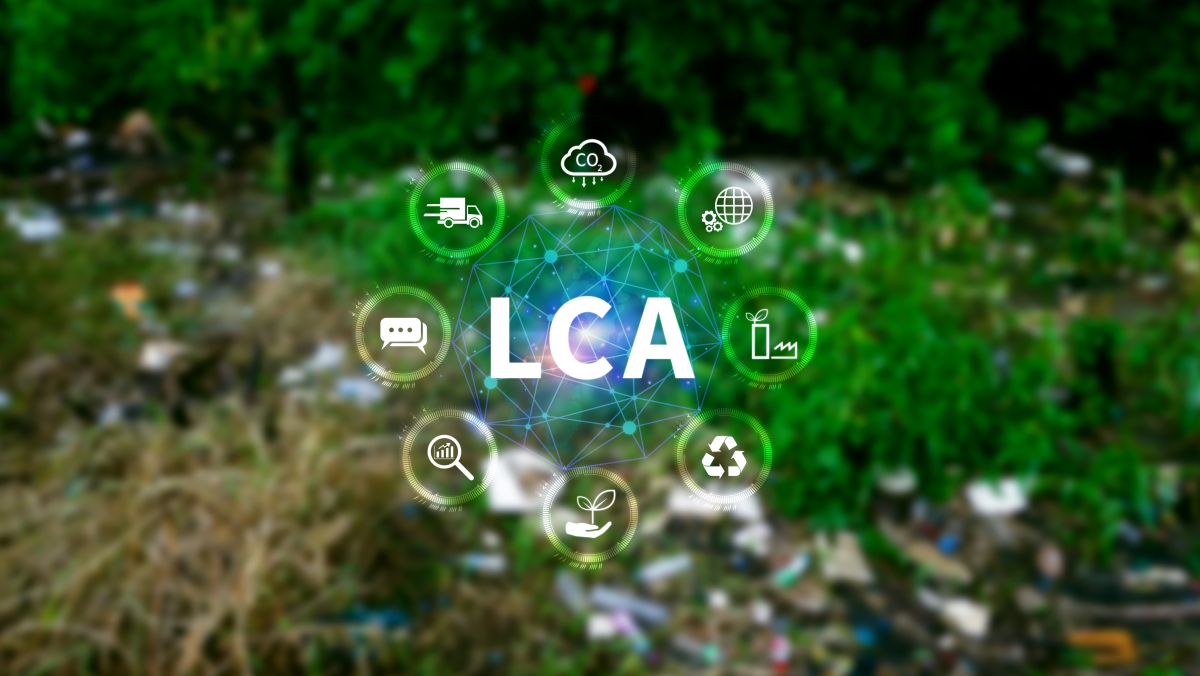Why Does Life Cycle Assessment Matter for Packaging’s Sustainable Future?
Sustainability is everywhere—on packaging, in advertising, at the heart of brand strategies. But as the pressure to go green intensifies, so does the need for clarity. Life Cycle Assessment (LCA) is emerging as one of the most reliable ways to cut through the noise and make sustainability meaningful.
What is Life Cycle Assessment?
Life Cycle Assessment (LCA) is a scientific, standardized method used to measure the environmental impacts of a product, process, or service across its entire life cycle—from raw material extraction (the “cradle”) to disposal or recycling (the “grave”).
Rather than focusing on just one stage—such as production or end-of-life—LCA follows the full journey of a product. It quantifies the materials and energy used, the emissions released into the environment, and the waste generated at each phase. This detailed, cradle-to-grave analysis gives companies a comprehensive environmental profile of what they’re putting into the world.

Why is it important?
Packaging is much more than a container—it protects products, shapes customer experience, and communicates brand values. But it also comes with a significant environmental footprint. Every material choice, structural change, or design update has ripple effects on resource use, emissions, and waste.
That’s why Life Cycle Assessment (LCA) is becoming an essential tool in packaging development. It moves beyond assumptions or single-issue metrics and delivers detailed data—on carbon emissions, water usage, energy demand, and more. With these insights, companies can compare materials, evaluate trade-offs, and make sustainability decisions rooted in evidence, not guesswork.
Consider the decision between conventional multilayer plastic films and metallized paper. At first glance, plastic may seem more durable or lightweight. But when you factor in the full life cycle—raw material origin, energy intensity, recyclability—metallized paper often emerges as the more sustainable choice. It’s made from renewable resources, is compatible with recycling streams in many markets, and can offer comparable barrier properties with a lower environmental cost.
By equipping packaging teams with a full picture of environmental impact, LCA supports smarter innovation—helping brands design responsibly, avoid greenwashing, and ultimately reduce their footprint without compromising performance or aesthetics.
From Green Claims to Data-driven Decisions
For many companies, the desire to be more sustainable is real—but the path forward can be unclear. Without reliable data, it’s difficult to know where to focus, what to change, or how to prove impact. Life Cycle Assessment (LCA) turns this uncertainty into clarity.
By mapping out every stage of a product’s life—from raw materials to disposal—LCA highlights environmental “hotspots”: the phases with the highest energy use, emissions, or resource demand. This insight allows packaging teams to prioritize actions that truly move the needle.
Instead of relying on assumptions or reacting to trends, brands can optimize their packaging strategy with precision. Whether it’s choosing renewable materials, redesigning for recyclability, or adjusting production methods, LCA helps align environmental goals with real-world solutions—and supports compliance, efficiency, and brand credibility in the process.

From Greenwashing to Credibility: How LCA Strengthens Brand Trust
As greenwashing concerns rise and environmental regulations become more rigorous, transparency is no longer optional—it’s a strategic imperative. Stakeholders across the value chain—consumers, retailers, investors, and regulators—are demanding hard evidence to back up sustainability claims.
Life Cycle Assessment (LCA) provides that evidence. Aligned with international ISO standards (14040 and 14044), LCA delivers third-party-verifiable data that supports environmental labels, packaging certifications, and ESG disclosures. It brings credibility to claims like “recyclable,” “low carbon,” or “made from renewable materials”—helping brands avoid greenwashing pitfalls and communicate with confidence.
For companies in the packaging industry, LCA is not just a tool for regulatory compliance—it’s a way to stay ahead of evolving legislation and rising consumer expectations. As environmental standards tighten and demand for genuinely sustainable solutions grows, LCA enables brands to demonstrate their commitment with credible, data-driven proof. It fosters trust, facilitates transparent communication across the supply chain, and reinforces a brand image built on responsibility and forward-thinking.
But how does an LCA actually work? What steps are involved, and what kind of data does it require?
In the next article of this mini-series, we’ll take a closer look at the four core phases of LCA—Goal & Scope, Inventory Analysis, Impact Assessment, and Interpretation—and explore how each step helps transform complexity into actionable insight.
Follow our page to stay updated and don’t miss the next article in this mini-series, where we’ll unlock the full LCA process and show you how to turn insights into impactful packaging decisions.